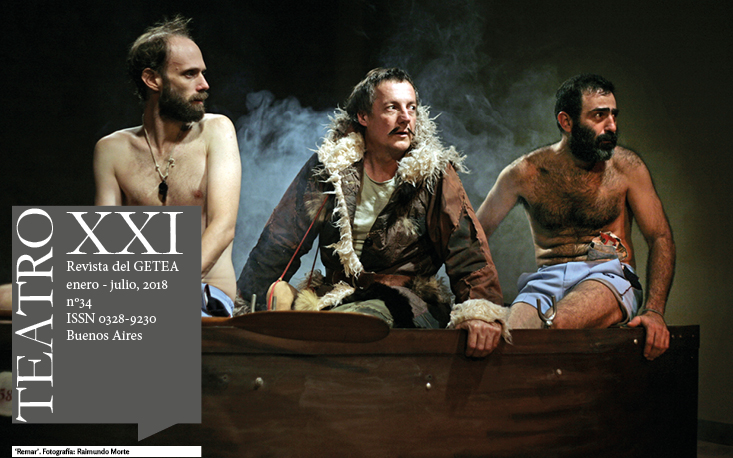Temporality and siege on the representation of terror
Keywords:
time, spectrality, assemblage, memory, representation
Abstract
The theatrical representation of State terrorism is played in a disjointed time where the present bifurcates into past and future producing a temporary imbalance that enacts new forms of perception and encounters with history. In this disjointed time, what disrupts perception and dislocates memory is the continuous re- emergence of the spectre, its recurring siege occurring both in History and in Theater. From which temporality does the spectre speaks to us from? It is a re- occurrence that bears witness to the past or the future? What time do links and genealogies of history are woven? The study of temporality in plays that stage terror and disappearance allowed us to think the aesthetic- political dimension of theater to work out the historical memory of the argentinians. Accordingly, the notions of time, spectrality (Derrida, 1998) and assemblage (Benjamin, 1990, 2005; DidiHuberman, 2008) were worked.Downloads
Download data is not yet available.
How to Cite
Sapkus, P., & Tosoratti, C. (1). Temporality and siege on the representation of terror. Teatro XXI, (34), 15-20. Retrieved from http://revistascientificas.filo.uba.ar/index.php/teatroxxi/article/view/5110
Issue
Section
Artículos












